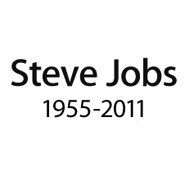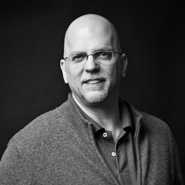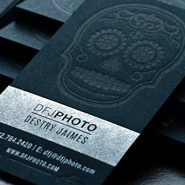Don’t Be Boiled Alive, 4 Keys to Staying Relevant
 They say that if a frog is placed in boiling water, it will jump out, but if it is placed in cold water that is slowly heated, it will not perceive the danger and will be cooked to death. It’s a metaphor that speaks to the inability of people to react to significant changes that occur gradually.
They say that if a frog is placed in boiling water, it will jump out, but if it is placed in cold water that is slowly heated, it will not perceive the danger and will be cooked to death. It’s a metaphor that speaks to the inability of people to react to significant changes that occur gradually.
Of course change in photography has been going on since it was invented, but I can remember when the “water first started to warm” for me. It was when I was handed a Kodak NC2000 in the early 1990’s to photograph a Presidential debate in Lansing, Michigan for the Associated Press. It was the start of digital photography for me. (Rob Galbraith has an excellent essay on the NC2000 here.)

 Almost everyone knows LinkedIn is the social marketing tool most used by business. Some photographers even scoff at Facebook, saying it’s only good for personal interactions and so on.
Almost everyone knows LinkedIn is the social marketing tool most used by business. Some photographers even scoff at Facebook, saying it’s only good for personal interactions and so on. I am strangely saddened tonight after learning that Steve Jobs has passed away. Perhaps it is because he and I are close in age and it’s a reminder of just how important each day is. Or perhaps it is because I am humbled by his achievements. Someone more eloquent than I tweeted just a short time ago: “Countless people are learning Steve Jobs died on devices that would not exist without his vision. That’s a legacy.”
I am strangely saddened tonight after learning that Steve Jobs has passed away. Perhaps it is because he and I are close in age and it’s a reminder of just how important each day is. Or perhaps it is because I am humbled by his achievements. Someone more eloquent than I tweeted just a short time ago: “Countless people are learning Steve Jobs died on devices that would not exist without his vision. That’s a legacy.”
 Michael Albany, a
Michael Albany, a 



 groozi.com is a blog about negotiating and web marketing. Weekly posts are written primarily by me, Blake J. Discher, a
groozi.com is a blog about negotiating and web marketing. Weekly posts are written primarily by me, Blake J. Discher, a 
